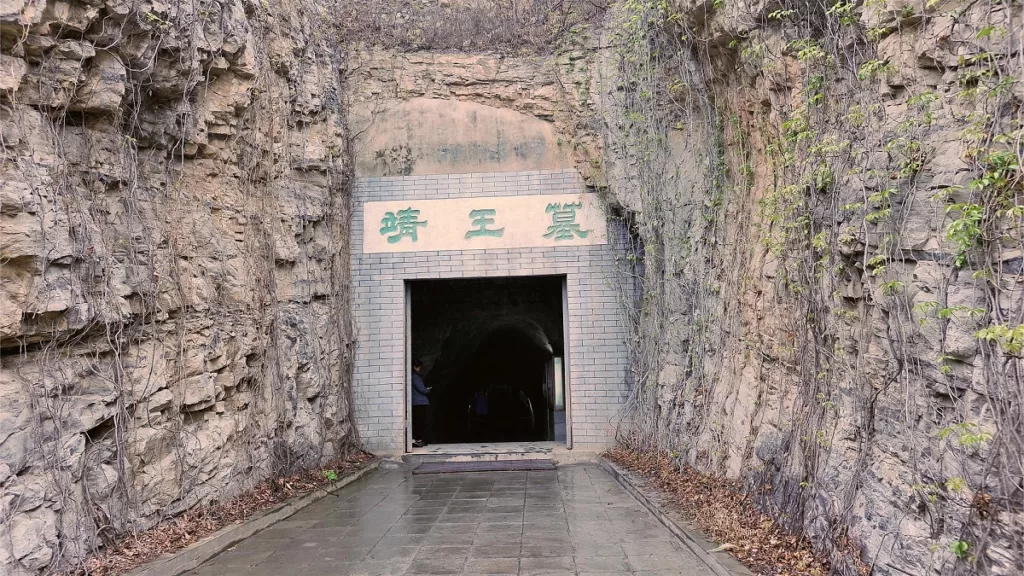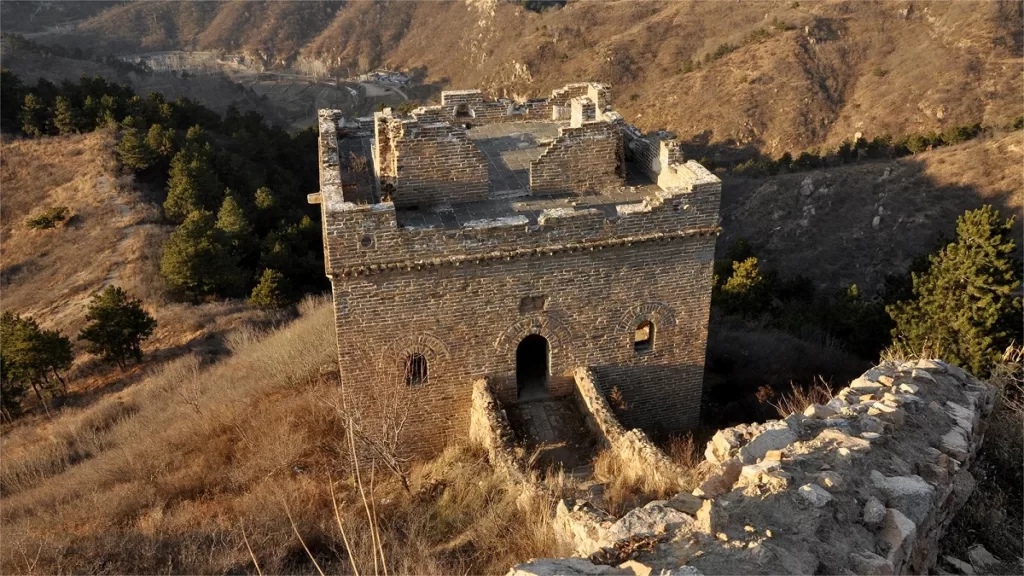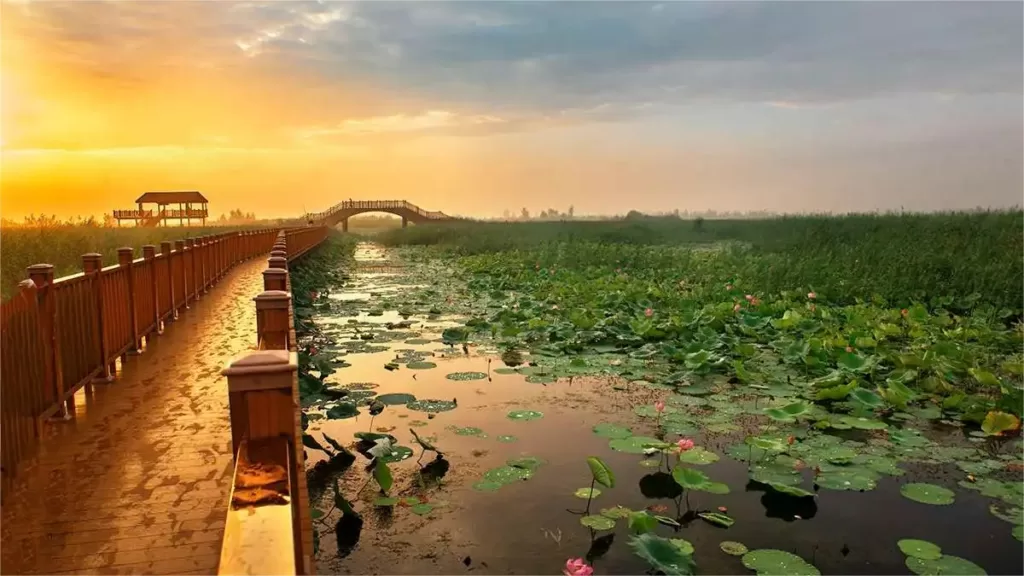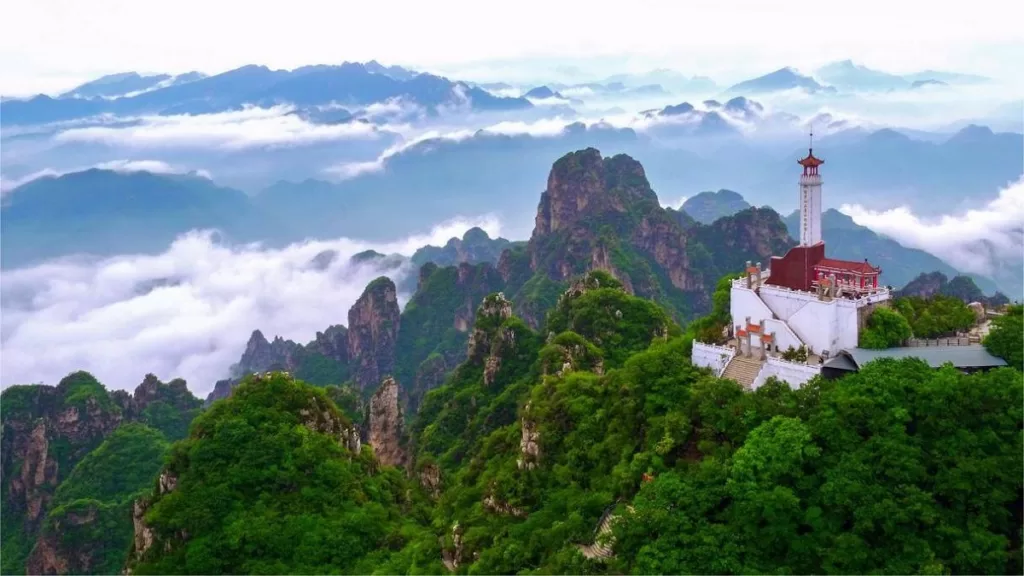Tombe de Mancheng, Baoding - Prix des billets, heures d'ouverture, emplacement et points forts


The Tomb of Mancheng, also known as the Tomb of Liusheng (满城汉墓), is a historical site located in Baoding, China. It serves as the final resting place of Prince Jing of Zhongshan, Liu Sheng, and his wife Dou Wan from the Western Han Dynasty. This tomb is a remarkable example of an “artificial mountain tomb,” whose entrance and burial chambers are excavated in an arched fashion within the mountain.
The tomb is incredibly spacious and contains a wealth of luxurious burial items, including over 10,000 artifacts such as gold, silver, bronze, iron, jade, stone, pottery, lacquerware, and silk. Among the treasures unearthed from the site are notable items like the “Golden Threaded Jade Garment,” “Changxin Palace Lamp,” and the “Copper Mountain Stove with Gold Inlay.” These artifacts vividly reflect the opulence and advanced material culture of the Western Han Dynasty, showcasing the ingenuity and creativity of the laboring people of that era.
Table des matières
- Informations de base
- Localisation et transport
- Highlights of Mancheng Tomb
- Video about Mancheng Han Tomb
- Other Attractions in Baoding
Informations de base
| Durée estimée de la visite | 3 - 4 heures |
| Prix du billet | Admission: 75 RMB Combined ticket: 125 RMB (including admission and cable car) |
| Heures d'ouverture | 8.30 - 17.00 |
| Numéro de téléphone | 0086-0312-7072035 |
Localisation et transport
The Mancheng Tomb is located atop Ling Mountain in Mancheng District, Baoding City, Province de Hebei, China. To reach the Mancheng Tomb, you can follow the following steps:
- Begin your journey at the Baoding Intercity Bus Terminal.
- There are intercity buses departing from the Baoding Intercity Bus Terminal to Mancheng County between 6:20 AM and 6:24 PM.
- These buses operate approximately every 10-15 minutes and the fare is around 6 yuan per person.
- The entire bus journey takes approximately 1 hour to reach Mancheng County.
- Upon your arrival at Mancheng County Intercity Bus Station, you can transfer to the local bus No. 10, which will bring you directly to the Mancheng Tomb.
Highlights of Mancheng Tomb
Layout of Mancheng Tomb

Mancheng Tomb has a meticulously designed layout that mirrors the grandeur of a palace. It spans a total length of 51.7 meters, with a maximum width of 37.5 meters and a peak height of 6.8 meters, and is divided into six distinct sections:
- Burial Path: This is the entrance leading to the tomb and symbolizes the pathway to the afterlife.
- Access Passage: The passage leading from the tomb’s entrance to its inner chambers.
- North Ear Chamber and South Ear Chamber: These chambers are reminiscent of carriage and storage rooms, and they flank the central section.
- Central Chamber: Designed to replicate a banquet hall where guests would be entertained, this chamber likely played a ceremonial role.
- Rear Chamber: Symbolizing a bedroom, this area includes adjacent rooms representing a bathroom or other facilities.
- Ingenious Systems: The tomb also incorporates clever anti-theft and drainage systems to protect the valuable contents and maintain the tomb’s integrity over time.
Golden Threaded Jade Garment

The Golden Threaded Jade Garment discovered in the Mancheng Tomb is a remarkable archaeological find that showcases the exquisite craftsmanship and wealth of the Western Han Dynasty. There are two sets of these jade garments, each meticulously designed to resemble the shape of the human body.
These jade garments are divided into six distinct parts: the headpiece, upper garment, sleeves, trousers, gloves, and shoes, all crafted from individual jade pieces meticulously assembled. What makes them truly extraordinary is the use of delicate golden threads to interlace and connect the jade fragments.
Prince Jing’s Golden Threaded Jade Garment measures 1.88 meters in length and is composed of 2,498 jade pieces, with approximately 1,100 grams of gold thread used in its construction. Dou Wan’s Jade Garment, on the other hand, measures 1.72 meters in length and comprises 2,160 jade pieces, with approximately 600 grams of gold thread.
Changxin Palace Lamp

The Changxin Palace Lamp, unearthed from the tomb of Dou Wan in the Mancheng Tomb complex, is a remarkable artifact that provides insight into the advanced engineering and aesthetics of the Western Han Dynasty. This exquisite lamp stands at a height of 48 centimeters and is entirely gilded, giving it a luxurious appearance.
The lamp is designed in the form of a palace maiden kneeling while holding the lamp. What makes this lamp particularly fascinating is its functional design. The lamp tray can rotate, allowing for easy adjustment of the lamp’s brightness. Moreover, the lampshade can also open and close within a circular track, offering control over the spread of light.
Furthermore, the palace maiden’s body is hollow, and an ingenious feature allows the smoke from the candle to enter her body through her right arm. This design ensures that the interior remains clean and smoke-free while providing ample lighting.
Copper Mountain Stove with Gold Inlay

The Copper Mountain Stove with Gold Inlay, discovered in the Mancheng Tomb, is an exquisite piece used for burning incense. This aromatic vessel stands at a height of 26 centimeters and is entirely embellished with intricate gold inlay work.
What makes this stove particularly noteworthy is its design. The lid of the stove is carved in the likeness of rolling mountain ranges, with depictions of people and various animals such as tigers, leopards, monkeys, and wild boars intricately placed amidst the landscape. This artistic representation adds a sense of natural beauty to the functional object.
The stove’s body has a distinctive bean-like shape. As the incense burns, the fragrant smoke wafts through the numerous small openings in the stove’s lid, rising gracefully and filling the room with a pleasant aroma. This design not only serves a practical purpose but also adds an element of aesthetic delight to the act of burning incense.
Archeological Significance

The Mancheng Tomb holds immense archaeological significance as it provides a valuable glimpse into the material culture and technological advancements of the Western Han Dynasty in ancient China. In addition to the exquisite artifacts previously mentioned, the tomb has yielded a diverse array of items that shed light on various aspects of Han Dynasty society.
The discovery of gold and silver acupuncture needles, small silver funnels, copper medicine spoons, and surgical tools demonstrates their advanced medical practices, revealing insights into ancient healthcare and surgical techniques. Other findings, such as composite grinding stones, copper timers, and weaponry, reflect their advancements in science, technology, and martial culture.
Video about Mancheng Han Tomb
Other Attractions in Baoding

Western Qing Tombs

Daci Pavilion

Wulonggou Great Wall

Yishui Lake Scenic Area

Baiyang Lake

Zhili Zongdu Bureau Courtyard

Yesanpo National Park

Langya Mountain

Baishi Mountain or White Stone Mountain
Attractions de Baoding, Sites historiques du Hebei, Musées du Hebei